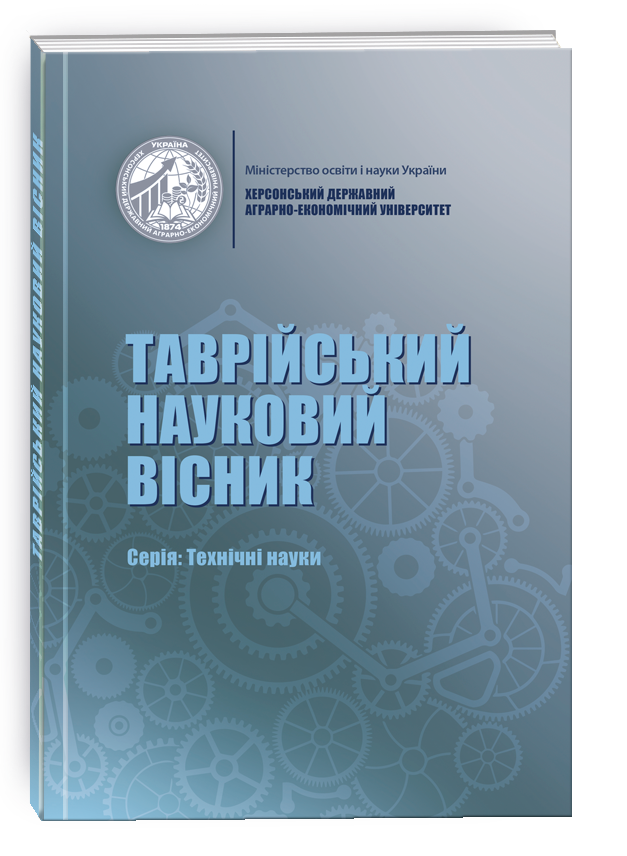INVERSE PROBLEMS OF ANALYSIS OF AN UNREGULATED OBJECT
DOI:
https://doi.org/10.32851/tnv-tech.2022.6.5Keywords:
unregulated object, experimental data, characteristic equation,Abstract
The interaction of the system and the external environment is characterized by two types of connections – input and output. Both those and others are material, energy and/or information flows (continuous or discrete in time). They prefer to display the mutual influence of the system and the external environment in a more simplified way. If the composition and internal connections in the system, as well as the properties of its elements are unknown, then the system is defined as a "black box". The latter is usually understood as an object, about the internal structure of which nothing is known and information about the structure and functioning of which can be partially obtained only by analyzing the input-output connections of this object. In this case, it should be borne in mind that both the input and output of the system, as a rule, are of a dual nature. In particular, the input of the system comes from the external environment not only those material, energy and / or information flows that are necessary for its functioning in accordance with its purposes, but also those that actually make it difficult for the system to achieve its. The first of these is usually called signals, and the second – noise. The latter can be either indifferent (indifferent) in relation to the purpose of the system, or be purposefully organized by a part of the external environment to prevent the system from fulfilling its purpose. The paper sets the tasks for the study of an unregulated object. When studying an unregulated object, it is important that the signals always describe the behavior of the object as a whole and reflect the individual movements of a large number of its microparticles of the same type. At the first stage of the analysis – class selection – it is necessary to solve general issues: according to a priori data about the object under study, reasonably choose one of the types of operator (functional, differential, integral or integro-differential). In this case, it is also necessary to take into account the preliminary information obtained from the signal. This article is devoted to the discussion of the problem statement and the scheme of its solution in the simplest version of the second stage of the analysis of the structure of an unregulated object. The development of search methods in a certain class of equation belongs to the inverse problems of analysis.
References
Димова, Г. О. (2020). Методи і моделі упорядкування експериментальної інформації для ідентифікації і прогнозування стану безперервних процесів. Херсон : Видавництво ФОП Вишемирський В.С.
Гудзенко, Л. И. (1969). Некоторые вопросы структуры объекта по установившемуся сигналу. Труды физического института имени П.Н. Лебедева, 45, 110–133.
Хеннан, Э. (1974). Многомерные временные ряды. Москва : Мир.
Тихонов А. Н., Гончаровский А. В., Степанов В. В., Ягола А. Г. (1983). Регуляризирующие алгоритмы и априорная информация. М. : Наука.
Димова, Г. О. (2021). Інформаційний простір об’єкту в системах ідентифікації. Вісник Херсонського національного технічного університету, (4 (79)).
Димова, Г. О. (2021). Знаходження оптимальних значень функцій із застосуванням методу спряжених градієнтів. Таврійський науковий вісник. Серія : Технічні науки (3), 3–9. doi: https://doi.org/10.32851/tnv-tech.2021.3.1/







